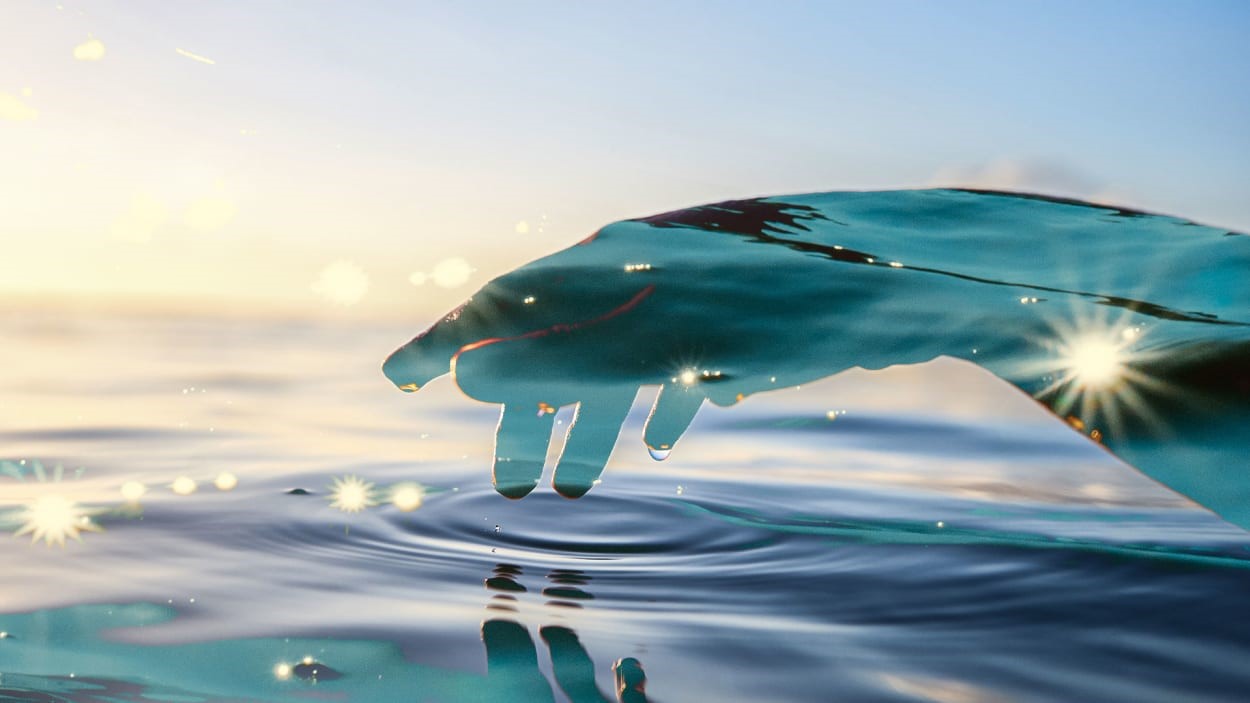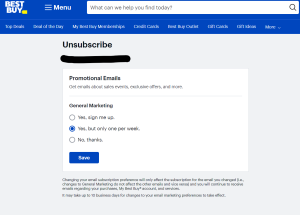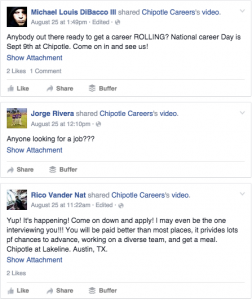By Rakia Reynolds
The ability to be creative is expanding and unfolding right before our very eyes. We are not just passive spectators—instead, we are active participants in this new normal. It’s our imperative (and a privilege) to be present in this moment in time as we magnify our capacity to wonder, dream, iterate, and reiterate with abandon. The sibling concepts of creativity and self-expression—along with the choices we make in promoting those concepts—are more relevant today than at any other time in human history.
With the rise of artificial intelligence (AI) and a host of other smart technologies, we have more tools, platforms, and resources at our disposal than we could ever imagine. But the real game-changer is that these tools have allowed us to move from a centralized model—where concentrated power and resources supported only a limited group in creating without fear, worry, and doubt—to a decentralized model where everyone has a seat at the table and can readily contribute their vision in meaningful, sustainable ways.
The creator economy
In 2022, Adobe published a groundbreaking study revealing that more than 165 million creators had joined the global creator economy in just two years. This unprecedented access to creative platforms makes it plausible that everyone may be considered a creator at some point. Across geographic landscapes, languages, gender, culture, customs, and cuisines, the potential to amplify and diversify creative expressions has increased exponentially, generating opportunities that can uplift entire communities.
The shift toward decentralization has given rise to a new ecosystem with unprecedented levels of transparency and a core commitment to equity and accessibility. This, in turn, fuels creativity. When more people have insight on the challenges faced by peers and other creators they perceive as successful, they are more likely to have the confidence to continue their own creative endeavors.
This cycle operates on a simple principle: See it, believe it, be it. The ability to witness others’ journeys, through their wins and struggles, fosters the belief that similar feats are achievable, ultimately empowering individuals to pursue their own creative aspirations with more determination.
The role of technology
Historically in the workplace, an influx of new technology and creativity have led to rushed decisions and predictable responses from leadership. Unfortunately, these quick judgments have blocked the path to innovation, halting team members from exploring new platforms and creative outlets. This internalized fear—of judgment, uncertainty of where or how to begin, and the unknown in general—subsequently transforms into the greatest adversary of progress, fear, of failure. On the flip side, successful C-suite leaders are able to recognize the urgency to embrace evolving tech tools as a cue to move forward with purpose and take steps to prevent fear-based decisions from infiltrating their ecosystem.
To successfully embrace creativity, leaders must start by building environments that nurture inventiveness and calculated risk-taking. Establishing non-negotiable boundaries will ultimately lead to building a culture and community where employees are empowered and encouraged to contribute, leading to increased successful outcomes, both personally and within peer groups. Once this brave space is established, the organization will benefit by continuing to identify, support, and advance those who demonstrate a willingness to innovate and pivot when necessary.
This process has already begun with the evolution of creative platforms as some employees are already building and broadcasting their brands on their personal “media channels,” like LinkedIn or Instagram. To support employees who possess intelligent quotient (IQ), emotional quotient (EQ), adversity quotient (AQ), and intrinsic motivation, introduce them to resources. These resources can be mentors, conferences, software, hardware, and funding, to make the creative process seamless now and for the future. Once you identify those individuals, encourage them to harness their passions and move past the legacy models. Creativity knows no bounds, nor should it.
Rakia Reynolds is founder and executive officer of Skai Blue Media.
(7)
Report Post






